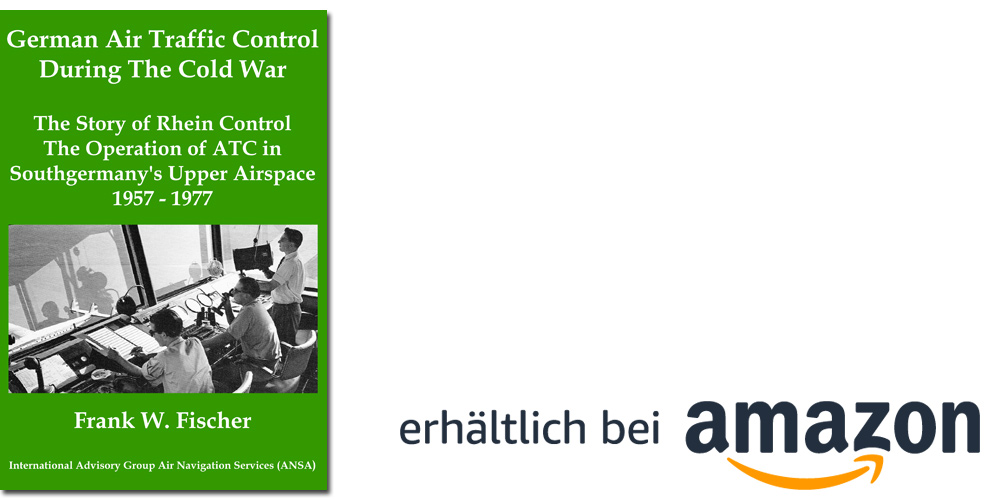
Rhein Control: Operational Shortcomings and Incidents
In 1972, a report on the shortcomings of the ATS - System in the upper airspace of Germany, addressed to Department L 6 of the German Ministry for Transport, served the purpose of presentation and discussion with the “Commission on the Consultation of existing Problems in Air Navigation” and especially the air traffic services in the Federal Republic of Germany. The response to this report by the MOT, by BFS and the AFSBw was “nil” !
ANSE’s report on the ATS problems in the upper airspace to the MoT’s Schlieker Committee was the only input on this subject to the committee. It was never discussed by the committee, but instead handed to the president of BFS for further action, who in turn, also did not act on it. Thus, the elaboration and submission of the report had become meaningless. The Schlieker-Committee did not deal with upper airspace matters at all and the requirements were simply ignored by all parties involved.
In 1970 also a meeting between NATO / CEAC’s Technical Sub-Committee and IATA took place on the “Progress of Civil/Military ATS Systems in NATO – Europe Standardization”. The report quotes IATA as saying that the progress in implementing agreed ICAO controlled routes and associated procedures continues to be very slow. This is evidenced, they said, by the increasing numbers of air miss reports received by IATA and one of the major causes would be the mixture of IFR and VFR traffic above FL 200. Furthermore, that it was apparent from the review of near miss incidents, that some of them in reality were interceptions between military airplanes. IATA, therefore, re-commended that authorization for VFR flight between sunset and sunrise and above FL 200 only be granted in ex-ceptional circumstances, applicable to both civil and military flights
In 1970 the IATA regional office had received 302 air miss reports. 250 referred to NATO member states. On only 79 of these reports had IATA received a reply from the aviation administrations. The most typical causes were said to be the mixture of IFR and VFR civil & military traffic and ineffective civil/military ATC coordination. In 70% of all near misses a military aircraft was involved and in 57% the other aircraft was above FL 200. The following reply by the administration in response to a controller enquiry was typical.
Subject: AIR NAVIGATION AND THE SAFETY OF AIR TRAFFIC
Enclosed, the Frankfurt RANSU sends the letter of Mr. Frank W Fischer, ATC employee, and the respective statement of the chief of Rhein UAC to this letter. The subject matter as described by Mr. Fischer is correct and known to headquarters BFS. A solution, commensurate to the proper solution of the described problem could so far not be found by the Frankfurt RANSU, despite multiple efforts, as is also described in the statement of the chief Rhein UAC, since in this matter only changes can be initiated at higher level. The RANSU points out that the reported circumstances and situation are unacceptable, since the safety of air traffic cannot be guaranteed by the RANSU under the reported circumstances. This fact is not only a burden to controllers and supervisors, but also to the management of the unit to an unbearable degree since years. The RANSU therefore requests to undertake all possible effort for the removal of these grievances. Signed: FLENTJE, LdF, Frankfurt RANSU to HQ BFS
Nothing was corrected and what remained were hundreds of proximity reports by aircraft, one shoot-down, one mid-air collision, avoidable serious accidents of military aircraft , illegal border crossings, all in contrast to safe and orderly operations.
Read More:
German Air Traffic Control During The Cold War
The Story of Rhein Control
Vol 3, The Operation of ATC in South Germany's Upper Airspace 1957-1977
https://www.amazon.de/dp/1536994391